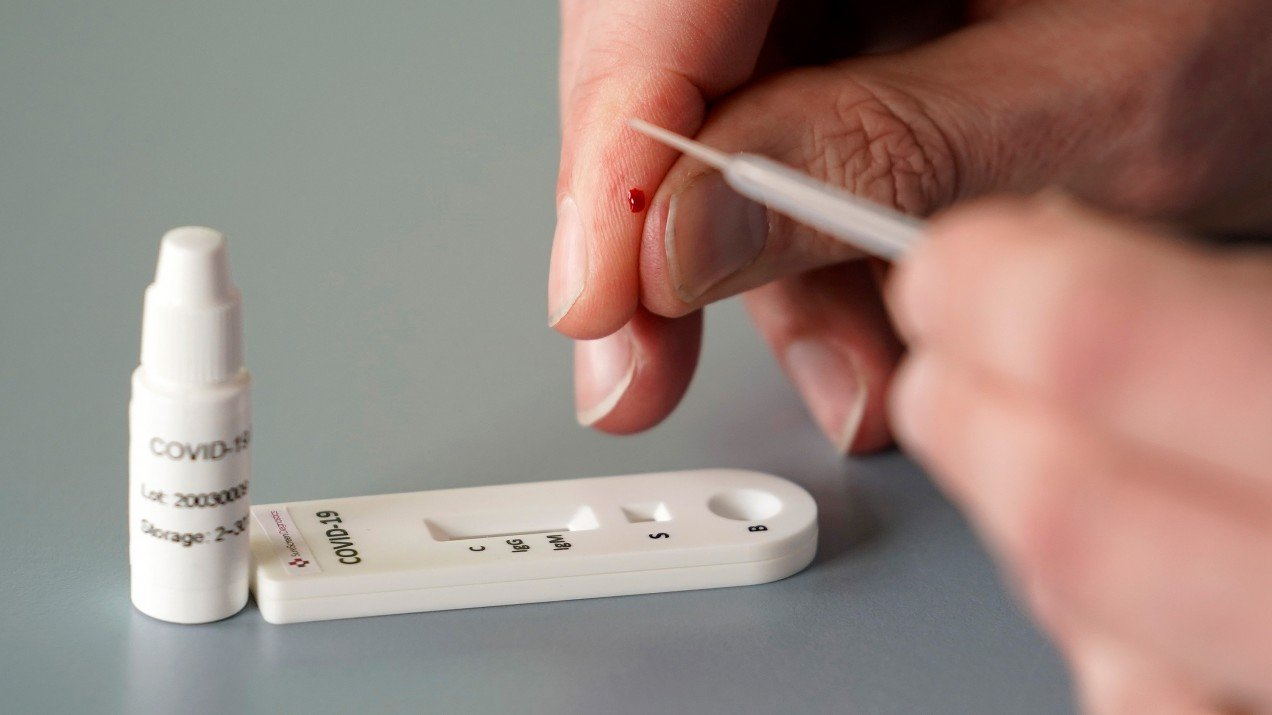Interpretation,recommendations and reliability of Serological tests in sars-cov-2?
The acquired immune
system of our body produces antibodies against the offending virus like
sars-cov-2. These antibodies can be used for diagnosis of active disease as
well to identify the immune individual.

Unlike
a test designed to diagnose an active COVID-19 infection (specifically from the
SARS-CoV-2 virus), serological tests can help identify individuals who have
developed an immune response to the virus, either as part of an active
infection or a prior infection.
Some of the studies have
shown that IgM persists till 4th week of illness and beyond. The delayed disappearance
of IgM usually occurs in patients with higher viral load.
The selection of the appropriate timeframe is essential for the detection of immunity.

ELISA-based IgM and IgG
antibody tests have greater than 95% specificity for diagnosis of COVID-19.
Majority of antibodies are produced against the most abundant protein of the
virus, which is the nucleocapsid. Therefore, tests that detect antibodies to NC
would be the most sensitive. The host attachment protein, receptor-binding
domain of S (RBD-S) protein and antibodies to RBD-S would be more specific
and are expected to be neutralizing. Therefore, using one or both antigens for
detecting IgG and IgM would result in high sensitivity. Antibodies may,
however, have cross-reactivity with SARS-CoV and possibly other coronaviruses. IgM
and IgG antibodies to these sites can be detected by a number of methods
including ELISA and immunochromatographic testing.
CLICK HERE FOR - PT PCR IN COVID-19
Since the beginning of pandemic antibody based rapid tests have been used for rapid diagnostic. Most of the manufacterors do not provide details of the nature of antigen used. Also the test is a qualitative one which can determine only the absence and presence of infection but cannot give an idea about the viral load.
Summary:
Detectable and continuous high level of IgM indicated the acute
phase of infection.
IgM lasting more than a month indicating the prolonged virus replication in
SARS-CoV-2 infected patients.
IgG respond later than IgM and persisted high, indicating the humoral immune
reaction to protect the body against SARS-CoV-2 virus.
Antibody testing has a role to play in supplementing PCR in diagnosis, screening of contacts and possibly in the determination of population immunity.
Sensitivity varies with the stage of infection; it is low in the first week and then rises. Antibodies are highly specific.
Combined PCR and antibody testing may be the optimal strategy for initial
diagnosis given the dynamics of the infection and host response and the
limitations of PCR testing.
Significant questions remain with regard to the performance of individual test methods
and the degree of immunity associated with the antibody response.


Comments
Post a Comment